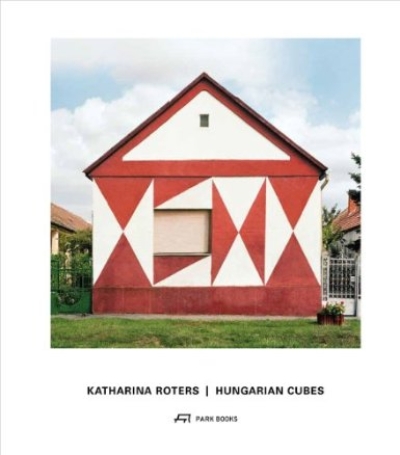
Hungarian Cubes. Subversive Ornamente im Sozialismus
In der frühen sozialistischen Ära Ungarns entstanden im Rahmen der Umgestaltung der dörflichen Lebenswelt uniformierte Eigenheimbauvarianten, sogenannte «Würfelhäuser», deren einziges zentrales Merkmal ihre ornamentale Fassadenverzierung war. Die Fassade wurde somit visueller Austragungsort individueller und kollektiver Inszenierungen. Dabei ist das Ornament nicht nur ästhetisches Zeichen, sondern stiftete sinngebend Identität und bestimmte somit das gesamte Erscheinungsbild ungarischer Dörfer der 1960er- und 1970er-Jahre. Das Buch vereint eine fotografische Typologie, eine serielle Komposition der Künstlerin Katharina Roters, mit essayistischwissenschaftlichen Texten, die einen architekturhistorischen und kulturanthropologischen Einblick in die Vielschichtigkeit dieses ornamentalen Phänomens geben. Es sichert darüber hinaus die Spuren einer mehr und mehr verschwindenden Bauform des osteuropäischen Sozialismus.
Subversive Ornaments in Socialism
The Magyar Kocka, or Hungarian Cube, is a standardized type of residential house in Hungary that dates back to the 1920s. It was designed as a radically functional single-family home for Budapest’s suburbs and housing projects, but it became closely identified with the postwar communist era, when many villages were rebuilt with uniform rows of single-family homes, and the Hungarian Cube—often renamed the Kádár Kocka, after Hungary’s communist president, János Kádár, became ubiquitous.
In Hungarian Cubes, German-Hungarian artist Katharina Roters explores the one aspect of the Magyar Kocka that could be individualized: the ornamental decorations on their facades. Roters strips the houses she photographs of all surplus details, clearing out fences, railings, antennas, road signs, power lines, and the like, which enables the viewer to focus on the ornaments—and to see how they offered a rare opportunity for individualism and even protest under the conformity of the communist system.






















































